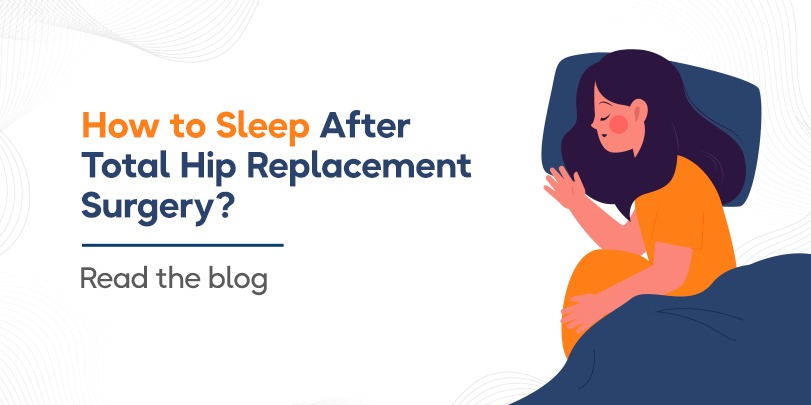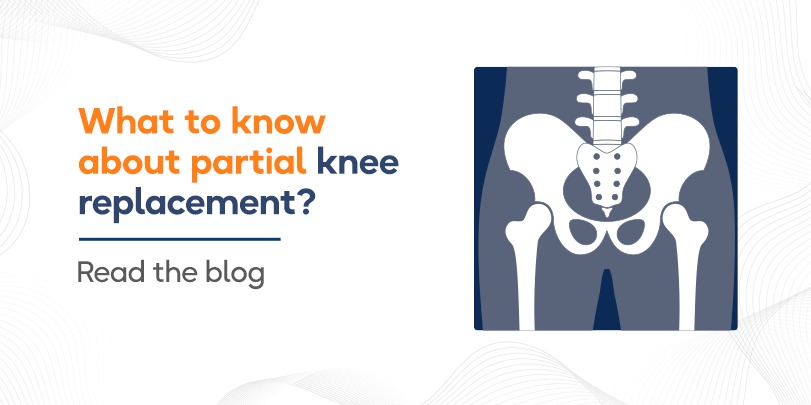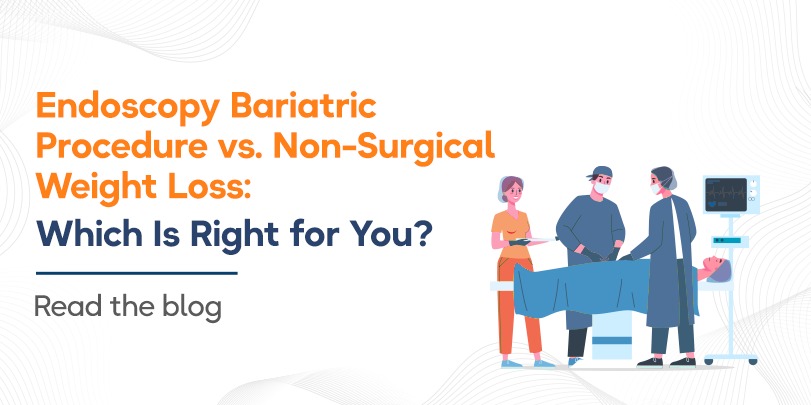How Can You Know Whether You Are Overweight
Did you know that only about 10% of people who are obese know that fact, according to this [1] survey. Are you one of them? To know that answer, you need to ask several other questions like: How much is overweight and what are the signs of being overweight?
Generally, being overweight is defined by the increase in the size and amount of fat cells in the body. When one has a higher body-fat percentage than their height, they are usually considered overweight. When this weight tips into proportions that can cause long term physical damage to internal organs, muscles, joints and other parts of the body, it is called being obese. When this obesity starts on a path of permanent damage, healthcare professionals tend to label it as ‘morbid obesity’.
An easy way to calculate body-fat percentage is to know your BMI or Body Mass Index. BMI [2] is a screening tool for overweight and obesity that works by dividing a person’s weight in kilograms with the person’s height in centimetres. So, what is a healthy BMI?
The BMI of a healthy person is between 18.5 to 30. The BMI Breakup is as follows:
- If your BMI is less than 18.5, it falls within the underweight range.
- If your BMI is 18.5 to <25, it falls within the healthy weight range.
- If your BMI is 25.0 to <30, it falls within the overweight range.
- If your BMI is 30.0 or higher, it falls within the obesity range.
For obese persons, the BMI is further subdivided into the following:
- Class 1: BMIof 30 to < 35
- Class 2: BMI of 35 to < 40
- Class 3: BMI of 40 or higher.
Class 3 obesity is sometimes categorised as ‘severe’ or ‘morbid’ obesity.
Therefore, an easy answer to the question ‘how to know if you are overweight’ is to check if you fall within the given BMI. Now, this works for most people. However, this method is far from flawless. A BMI does not differentiate between fat weight and muscle mass. A body builder who has budging biceps and quads, who has a healthy heart and is at the peak of human health may, to BMI, look obese. He or she may have a body fat percentage of 5, and they would still be classified as obese. So, in reality, what is a healthy BMI for everyone? The unfortunate answer is that BMI, while a good tool for the general public, will not work for everyone.
A much better tool for getting to know if you’re overweight is Waist Measurement. Says Michelle Routhenstein, MS, RD, CDE, CDN, the owner of Entirely Nourished, a nutrition counselling and consulting private practice, “A waist circumference greater than 35 inches in women and greater than 40 inches in men could not only determine overweight status but put a hard-and-fast number on one’s health.”
The way to do it is that you place a measuring tape on the top of your hip bone, bringing it all the way around your torso and to the level of your belly button. Make sure you do not suck your belly in or make it too tight. Anything over these ranges suggest excess belly fat, a harmful form of fat that surrounds important organs and raises the risk of diabetes, high cholesterol, high blood pressure, and metabolic syndrome. It also has the benefit of being easy to use and a somewhat good predictor of risk for type 2 diabetes, hypertension, and heart disease.
Here, we would also like to give you four other signs of being overweight.
1.Snoring
One of the signs of being overweight is snoring. Neck fat constricts the air passages, especially while lying face down, increasing the likelihood of snoring. Being overweight and snoring isn’t simply about having a flabby neck.
Central obesity, defined as fat around the belly and chest, exacerbates snoring and sleep apnea.
Belly fat raises the diaphragm (as shown in pregnant women, another subset of snorers), and chest fat restricts the ribcage. Both of them reduce the size of your lungs. Lower lung capacity reduces airflow, which is required to keep the neck in shape and prevent collapse.
This is the first answer to the question ‘how to know if you are overweight’. Do you snore? If yes, you may be overweight.
2. Frequent Heartburn
Another sign of being overweight is heartburn, also called GERD- gastroesophageal reflux disease. The increased risk of GERD is assumed to be linked to extra belly fat putting pressure on the stomach, the formation of a hiatal hernia, which causes acid backflow, or hormonal changes, such as an increase in oestrogen exposure, which can occur in obese persons. When acid refluxes into the oesophagus, it can cause irritation and inflammation. Complications might arise over time. The oesophagus can narrow, resulting in stricture and swallowing difficulties. A sore or ulcer can form, causing it to bleed, be unpleasant, and make swallowing difficult. Furthermore, precancerous alterations to the oesophagus, known as Barrett’s oesophagus, can arise, which is the primary risk factor for developing esophageal cancer.
Obesity has been linked to three esophageal disorders: GERD, Barrett’s oesophagus, and esophageal cancer. The risk of these illnesses appears to rise progressively as one’s weight rises. The objective of treating GERD is to reduce not just the annoying symptoms of GERD, but also the chance of acquiring these other, more severe esophageal disorders.
3. Chronic Fatigue
Obesity has been linked to exhaustion, sleep issues, and lower levels of satisfaction with overall health, functioning, and energy. In a recent study [3] that looked at weight changes in a community-based sample of people with CFS and healthy controls across time, investigating the impact of comorbid weight issues on several health and disability outcomes in a subset of overweight individuals. Overweight and obese individuals with CFS had poorer functioning.
Since obesity leads to sleep apnea, anaemia, thyroid disorders and pain, it increases the chances of chronic fatigue.
4. Achy Joints
We know that body weight has a substantial relationship with the likelihood of acquiring arthritis. The likelihood of having arthritis in your joints is highly related to your body weight. A younger age for joint replacement might also complicate therapy since the replacement is more likely to wear out over the patient’s lifespan.
This is the final answer to the question ‘how to know if you are overweight’. Do you have chronically achy joints? If yes, you may be overweight.
To understand how to reduce weight, you could read our other blogs on weight loss (insert link) or contact our medical professionals who will be happy to guide you through it. With a tight diet and exercise regimen, specially designed in accordance with your metabolism, particular body type and sound medical history, our experts and specialists can design the fastest, healthiest and most long term way for you to not only lose weight but also keep it off for years.
At Radiance Hospitals, we understand that the journey can be quite difficult and are always willing to provide guidance and support.
Let us fight this fight together, armed with support and the best knowledge possible.
References
- Only 10% people know they are obese: https://bmjopen.bmj.com/content/4/11/e005561.full?sid=ef1e9018-cd8a-4c5e-8ed9-f52b04290546
- Everything about BMI: CDC: https://www.cdc.gov/obesity/basics/adult-defining.html?CDC_AA_refVal=https%3A%2F%2Fwww.cdc.gov%2Fobesity%2Fadult%2Fdefining.html
- Study: https://pubmed.ncbi.nlm.nih.gov/23799656/












